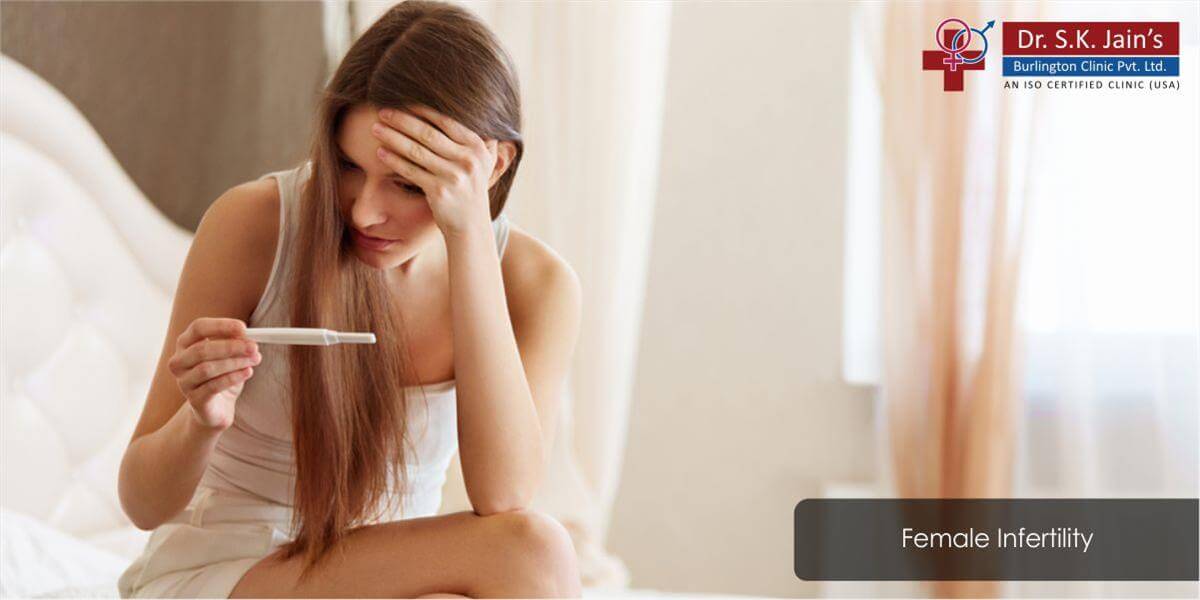
Infertility primarily refers to the biological inability of a person to contribute to the conception. Infertility may also refer to the state of a woman who is unable to carry a pregnancy to full term. There are many biological causes of infertility, some of which may be bypassed with medical intervention.
About 10 percent of reproductive-age couples in the United States will have difficulty getting pregnant. About 30 percent of cases are due to problems in the woman, 30 percent to problems in the man and the rest to unexplained causes or multiple factors involving both partners.
If you've had regular, unprotected sex for more than a year (or six months if you're over 35) without conceiving, see your doctor. Nearly 90 percent of couples with infertility problems can be successfully treated.
Read on to learn about the common causes of infertility, treatments, and how many couples become pregnant with treatment. Keep in mind that success rates may vary, since one couple can have multiple problems.
Common causes of infertility in Women:
Endometriosis
Endometriosis is a condition that occurs when tissue found in the uterine lining (called endometrial tissue) grows outside your uterus, usually in the abdominal-pelvic cavity.
Possible symptoms: Some women have no symptoms, while others have painful menstrual periods or intercourse and general pelvic pain.
Possible solutions: Fertility drugs with artificial insemination, surgery to remove abnormal tissue or unblock tubes, assisted reproductive technologies (ART) or adoption.
Success rates: When fertility drugs is to increase egg production are combined with artificial insemination, the success rate is between 8 and 17 percent per cycle. Between 20 and 50 percent conceive after surgery (either naturally or with treatment) and between 20 and 30 percent conceive with ART treatments.
Ovulation problems
An ovulation problem is any condition (usually hormonal) that prevents the release of a mature egg from your ovaries.
Possible symptoms: absent or infrequent periods and abnormally light or heavy bleeding.
Possible solutions: fertility drugs and in vitro fertilization.
Success rates: About 70 to 90 percent of couples ovulate with treatment and of those, 20 to 60 percent get pregnant.
Poor egg quality
If your eggs are damaged or have chromosomal abnormalities, they can't sustain a pregnancy. The quality of your eggs declines significantly with age.
Possible symptoms: none
Possible solutions: In vitro fertilization (IVF) using donor eggs or embryos, or adoption
Success rates: Couples who undergo IVF with donor eggs have about a 30 to 50 percent chance of having a baby per IVF cycle.